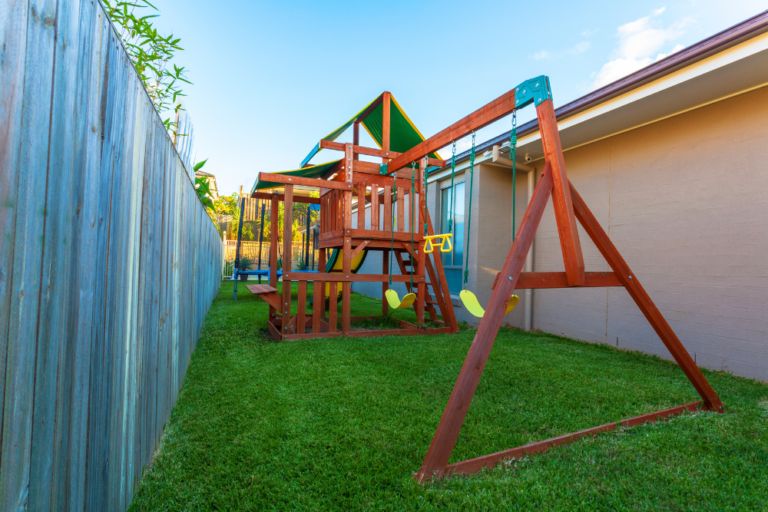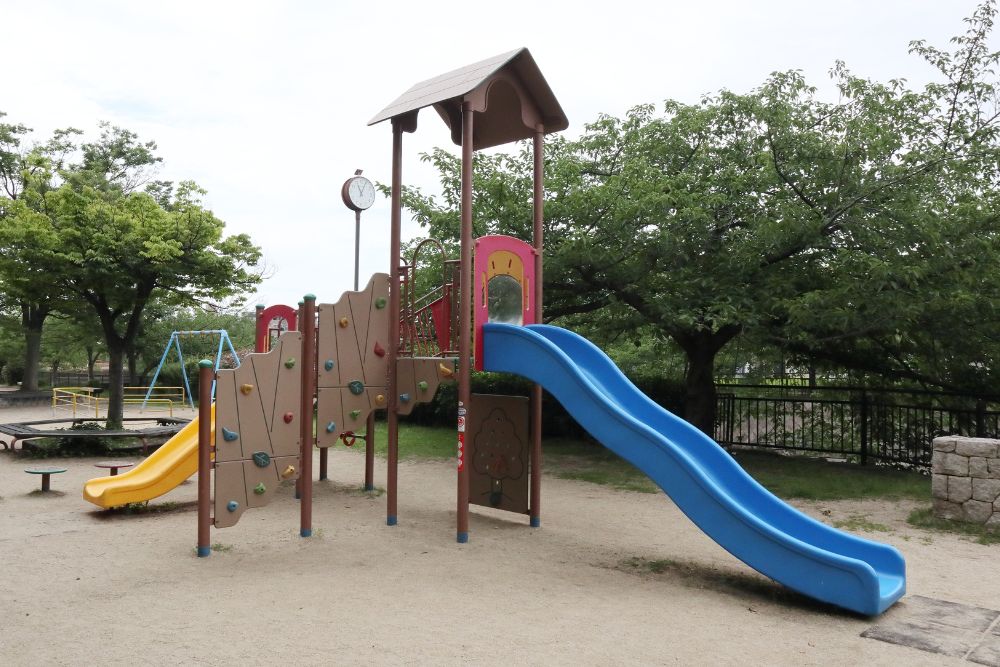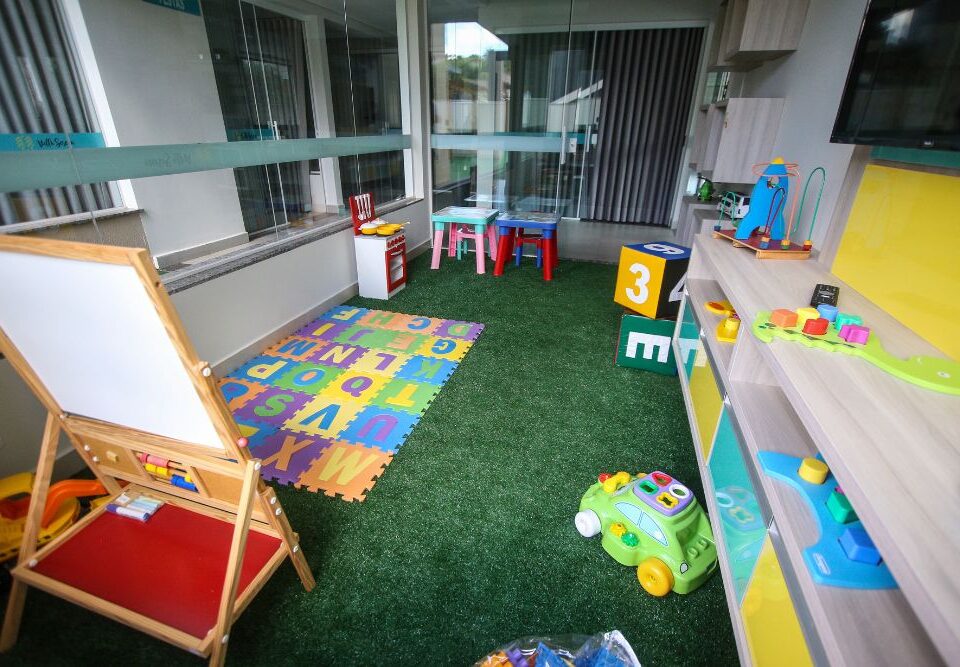
Deck Removal A Practical Solution for Outdoor Clutter
September 4, 2025
How to Manage Shed Demolition Waste
September 4, 2025Assessing the Structure Before Removal
Before taking apart a playset, a thorough inspection is crucial. Check for loose bolts, worn-out wood, or unstable foundations that could compromise safety during removal. Understanding the structure helps in planning which parts should be dismantled first and identifies potential hazards. Paying close attention to the condition of the materials can prevent accidents, ensuring that no one is injured by sudden collapses or sharp edges. Sometimes, even seemingly minor issues, like a splintered plank, can lead to bigger problems if ignored.
Having a strategy in place reduces confusion and limits the risk of injury. Take measurements, note which sections are the heaviest, and decide if extra hands or tools are needed. Creating a clear plan also allows for proper disposal of materials, separating recyclable parts from debris. By preparing in advance, you create a safer environment for everyone involved, making the removal process smoother and less stressful while minimizing the chances of damage to surrounding areas.
Clearing the Area Around the Playset
Ensuring that the area around the playset is free of obstacles is essential. Remove toys, furniture, or garden equipment that could interfere with movement. A clutter-free space reduces the risk of trips, falls, and accidental damage while dismantling. Additionally, marking off the work zone can alert others to stay clear, which is especially important if children or pets are nearby. This simple precaution greatly enhances overall safety and keeps the removal process organized.
Beyond removing physical obstacles, consider the terrain. Uneven ground or muddy patches can increase the likelihood of slips and make handling heavy components more challenging. Leveling the area or adding temporary supports under critical sections can prevent sudden shifts or collapses. Taking these steps not only protects people but also preserves the playset materials for potential reuse or recycling, making the entire process both safer and more efficient.
Using Proper Tools and Equipment
Having the right tools on hand makes playset removal safer and faster. Items such as wrenches, screwdrivers, saws, and ladders should be selected based on the playset’s design. Using improper tools can increase the risk of injury or damage the structure, complicating disposal. Safety gear like gloves, goggles, and sturdy footwear is equally important to protect against sharp edges, falling debris, and splinters.
Organizing the workspace with tools easily accessible prevents unnecessary movement and keeps hands free for stabilization. Consider using dollies or carts to transport heavy components, reducing strain on the back and minimizing accidental drops. Proper equipment not only ensures personal safety but also maintains the integrity of the materials, allowing for cleaner dismantling and more efficient removal.

Disassembling in a Logical Sequence
Following a structured sequence during disassembly reduces risks significantly. Start with detachable parts like swings or ladders, then move on to larger structural sections. Tackling the heaviest pieces last prevents sudden shifts and makes the playset easier to control. Skipping steps or randomly dismantling components can result in instability and unexpected collapses, posing serious danger.
Documenting the sequence of removal can also help if reassembly or donation is planned. Photographing connections and bolt placements ensures pieces can be put back together correctly. A logical approach minimizes chaos, protects those involved from injuries, and streamlines the disposal or recycling process, making the overall task safer and more predictable.
Handling Heavy and Bulky Components Safely
When moving large playset sections, using proper lifting techniques is critical. Bend the knees, keep the back straight, and lift with leg muscles to prevent strain or injury. Enlisting help from others for the heaviest pieces ensures that no one is overexerted and decreases the chance of accidental drops. Tools like straps or harnesses can provide extra support for awkward components.
Planning paths for carrying heavy items is also important. Clear obstacles, check for slippery surfaces, and communicate with teammates to coordinate movements. Taking these precautions prevents accidents and ensures that the playset can be moved efficiently to the disposal area without causing damage to property or injury to participants, making the removal process more controlled and secure.
Protecting Surrounding Property
Keeping nearby structures, landscaping, and lawn intact during removal is often overlooked but essential. Mark boundaries and use protective barriers if necessary. Avoid dragging pieces across grass or flower beds, and place tarp or plywood under sections that may scratch surfaces. Awareness of surroundings prevents accidental damage and preserves the area for future use.
Additionally, be cautious of fences, patios, or garden equipment when maneuvering large sections. Maintaining control over movement and planning each step reduces the likelihood of collisions. Protecting property not only safeguards your investment but also allows the removal to proceed without unnecessary interruptions, creating a smoother, safer workflow.
Disposing of Materials Responsibly
After dismantling, managing the materials properly ensures safety and environmental responsibility. Separate wood, metal, and plastic for recycling or donation when possible. Broken or unsafe parts should be contained securely to avoid hazards. Improper disposal can lead to injuries and environmental issues, so careful handling is paramount.
Labeling bags or bins and organizing debris helps prevent trips and makes hauling more efficient. If hiring a service, provide clear instructions on which materials are recyclable, reusable, or destined for disposal. Taking responsibility for material handling not only supports safety but also contributes to a cleaner, more sustainable process for everyone involved.
Avoiding Hazardous Situations
Playset removal can involve unexpected hazards, including sharp edges, splinters, and unstable sections. Stay alert for protruding nails, broken chains, or loose bolts. If something seems unstable, pause and reassess the situation. Ignoring warning signs can result in injury or property damage, so vigilance is crucial throughout the process.
Maintaining clear communication among participants helps identify potential hazards early. Wearing protective gear and keeping a first aid kit nearby adds an extra layer of preparedness. By anticipating dangers and responding cautiously, the removal process becomes safer, reducing stress and preventing accidents that could otherwise derail the project.
Securing Tools and Debris During Removal
Tools left unattended or scattered debris can cause accidents. Keep the workspace organized, returning tools to their designated area after use. Debris should be moved promptly to avoid tripping hazards. Organization not only enhances safety but also improves efficiency, allowing each step of removal to proceed without interruption.
Additionally, store hazardous items like nails, screws, and small bolts in secure containers. This prevents accidental punctures and ensures that all pieces are accounted for. Proper tool and debris management fosters a safer environment, minimizes distractions, and contributes to a smoother, more controlled removal process from start to finish.
Working with Professionals When Needed
Sometimes professional assistance is the safest route. Experienced teams can dismantle and remove playsets quickly, minimizing risk to both people and property. Professionals have specialized tools, safety training, and disposal options that make the process more efficient and secure. Hiring help can prevent costly mistakes and injuries, particularly with larger or complex structures.
Even if only certain sections are challenging, consulting experts ensures proper handling and compliance with safety standards. Professionals can advise on disposal or donation, further reducing environmental impact. Working with a trained team not only guarantees safety but also streamlines the removal, providing peace of mind and a well-executed outcome for all involved.
Conclusion
Playset removal requires careful planning, attention to detail, and a focus on safety throughout the entire process. From initial assessment to the final cleanup, taking precautions at every stage ensures that both people and property are protected. By evaluating the structure, preparing the area, using proper tools, and following a logical dismantling sequence, risks can be significantly minimized. Additionally, handling heavy components safely, safeguarding surrounding property, and disposing of materials responsibly all contribute to a secure and efficient removal. Vigilance and organization are key to preventing accidents and maintaining a smooth workflow during the project.
For residents in Santa Rosa and surrounding areas seeking professional assistance, North Bay Junk Removal offers expert services to safely and efficiently remove playsets and other unwanted items. Their experienced team uses specialized tools and follows strict safety protocols to ensure a seamless process. Customers can rely on their knowledgeable staff for responsible disposal and recycling, reducing stress and protecting property. To schedule a service, call North Bay Junk Removal in Santa Rosa, CA at 707-478-6817 for reliable junk removal and peace of mind.



